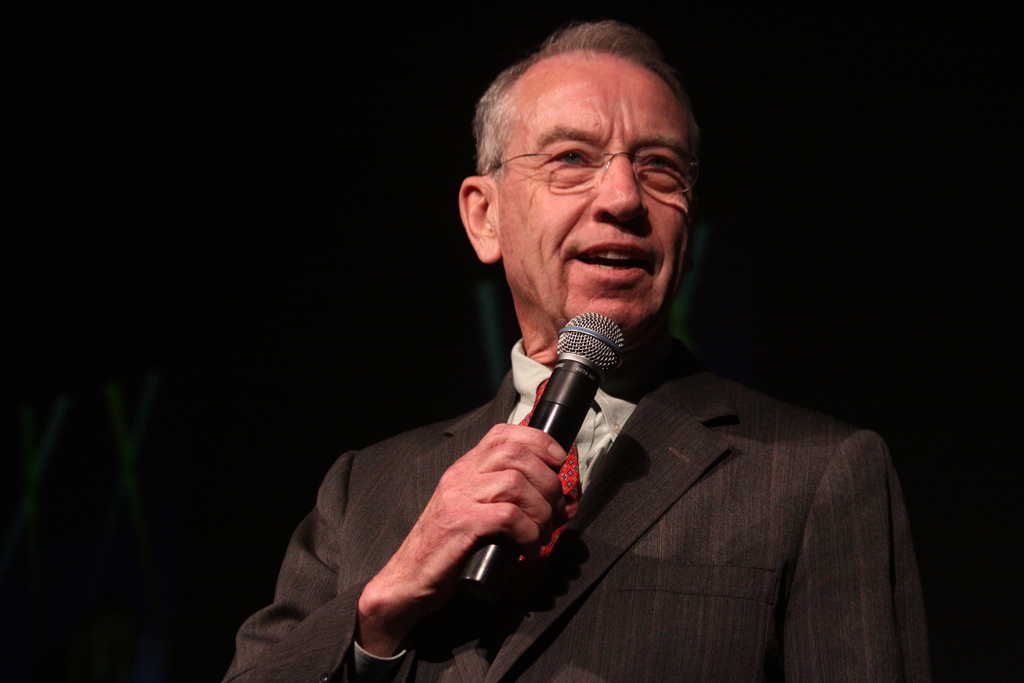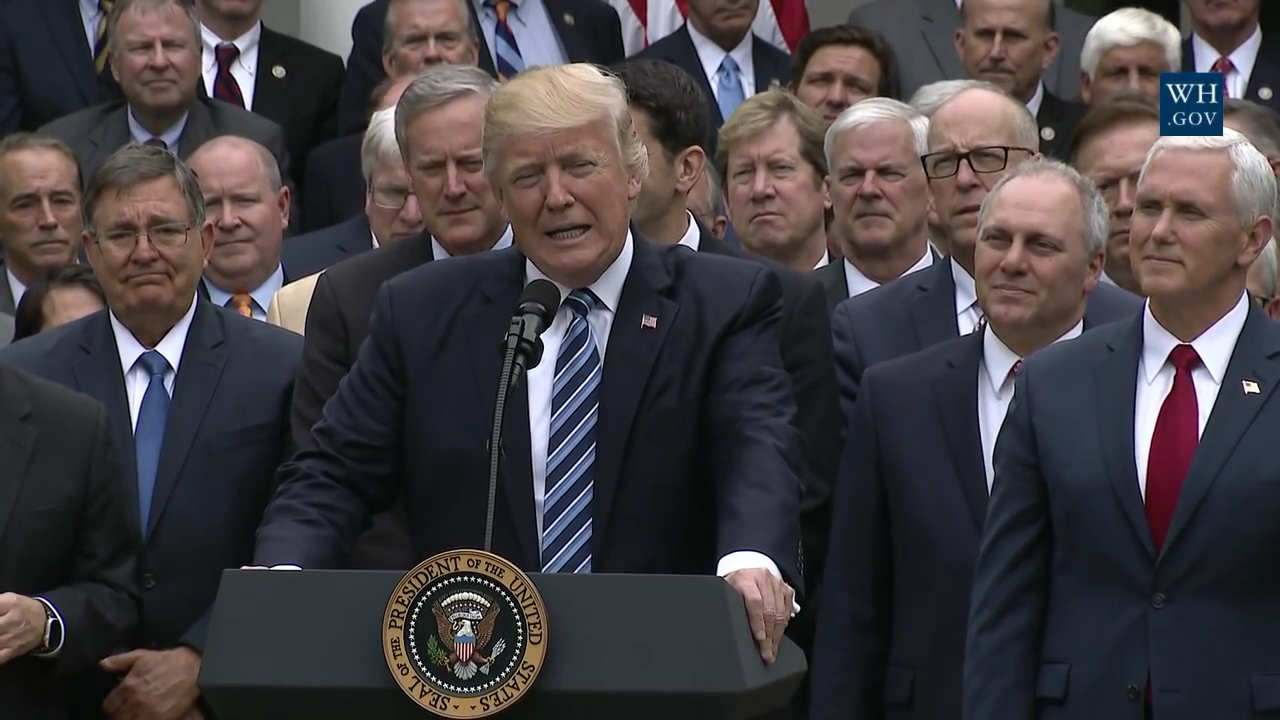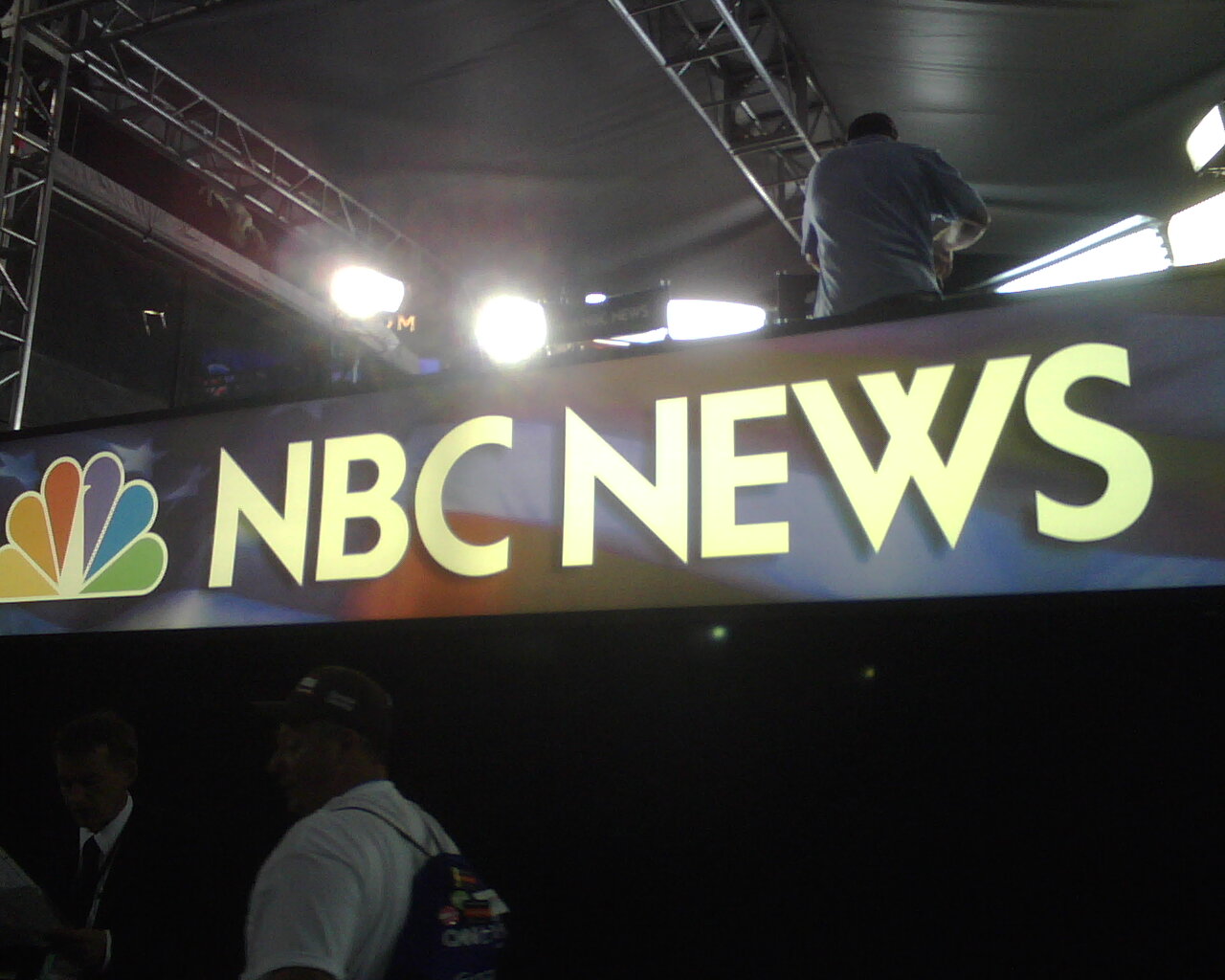How Islamic State uses media as key propaganda tool
01/11/2016 / By propagandanews

With its own radio station, magazines in a range of languages, and a daily flow of video and photo reports, the jihadist group Islamic State (IS) runs a professional media operation that seeks to bolster its claim to be a fully-functioning state.
(Article by BBC monitoring, republished from http://www.bbc.com/news/world-middle-east-35263644)
IS craves media attention and tries to grab headlines, producing shocking videos produced to high standards in a bid to stay in the limelight.
While its sleek products serve to flaunt the group’s governance and military capabilities for recruitment and propaganda purposes, at times they indicate an effort to divert attention away from setbacks and territorial losses.
Multilingual operation
IS has broadened its media operation since its lightning landgrab in mid-2014, using a range of languages with the aim of maximizing its global reach.
The group runs its own radio station, Al-Bayan, which broadcasts in Iraq and Syria and provides a way for IS to project its power. TV broadcast efforts by IS have so far failed, as have initiatives by its supporters to set up an internet TV channel.
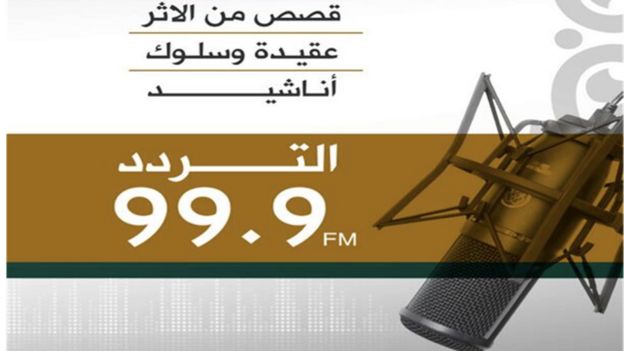 Image copyrightxx
Image copyrightxxPodcasts of Al-Bayan’s daily news bulletins appear online in six languages: Arabic, English, French, Russian, Turkish and Kurdish. IS has also broadcast in Uighur and in languages spoken in Indonesia and the Balkans.
Magazines are published in French, Russian and Turkish. These complement the group’s flagship English-language magazine, Dabiq, which proclaimed the “return of the caliphate” in its first edition in July 2014.
A shorter, weekly Arabic-language magazine called Al-Naba is also published.
Grabbing headlines
On top of all this, IS posts a daily flow of videos and pictures showing its military feats and governance capabilities to project images of a fully-functioning state and a victorious army. These products often portray IS territory as a utopia to attract potential recruits.
Some videos are trailed beforehand and offered in multiple languages. They often include audio-visual effects and Hollywood-style action, which are likely designed to appeal to a younger generation.
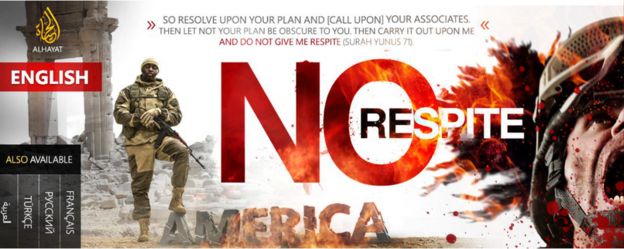 Image copyrightIslamic State Propaganda
Image copyrightIslamic State PropagandaTo ensure headlines across the world, IS propagandists strive for innovation, experimenting with brutal methods of execution and highly-dramatised action.Foreign fighters from the West are often thrown in for added impact and guaranteed publicity.
A new tactic by IS has been to release multiple videos on the same theme as part of a co-ordinated media campaign to ram home a particular message.
Migration to Europe, the November 2015 Paris attacks and the stabbings of Israelis by Palestinians have all come in for this treatment.
Online platforms
A distinct feature of the IS media operation is its agility and ability to respond quickly to events.
This has been enabled by the group’s sophisticated use of social media and a network of dedicated online supporters who amplify its message.
Despite an ongoing clampdown on IS-affiliated accounts on Twitter and other platforms, the group’s material continues to surface in a timely manner.
Exploitation of the messaging app Telegram has helped the group secure a more stable and resilient mechanism for distributing its propaganda.
BBC Monitoring reports and analyses news from TV, radio, web and print media around the world. You can follow BBC Monitoring on Twitter and Facebook.
Read more at http://www.bbc.com/news/world-middle-east-35263644
Tagged Under:










